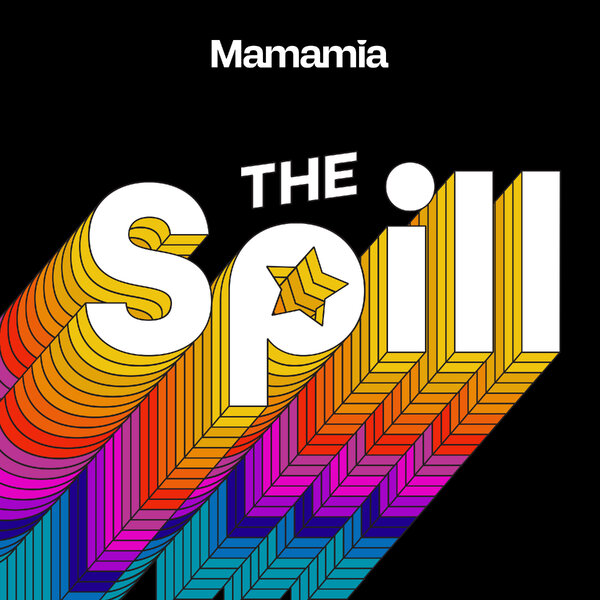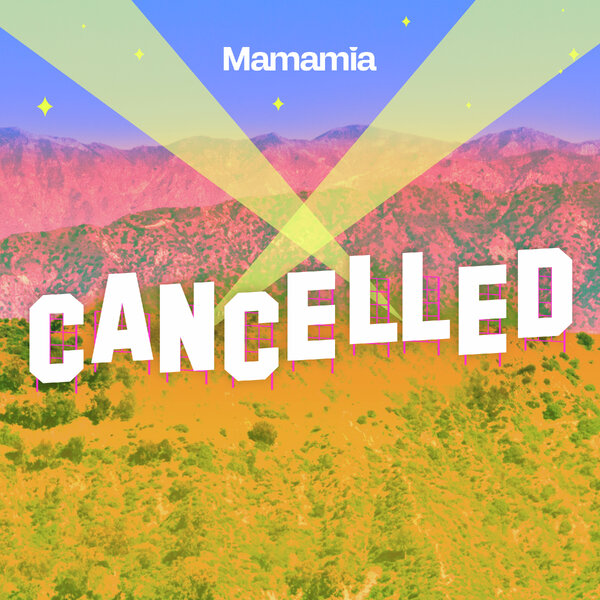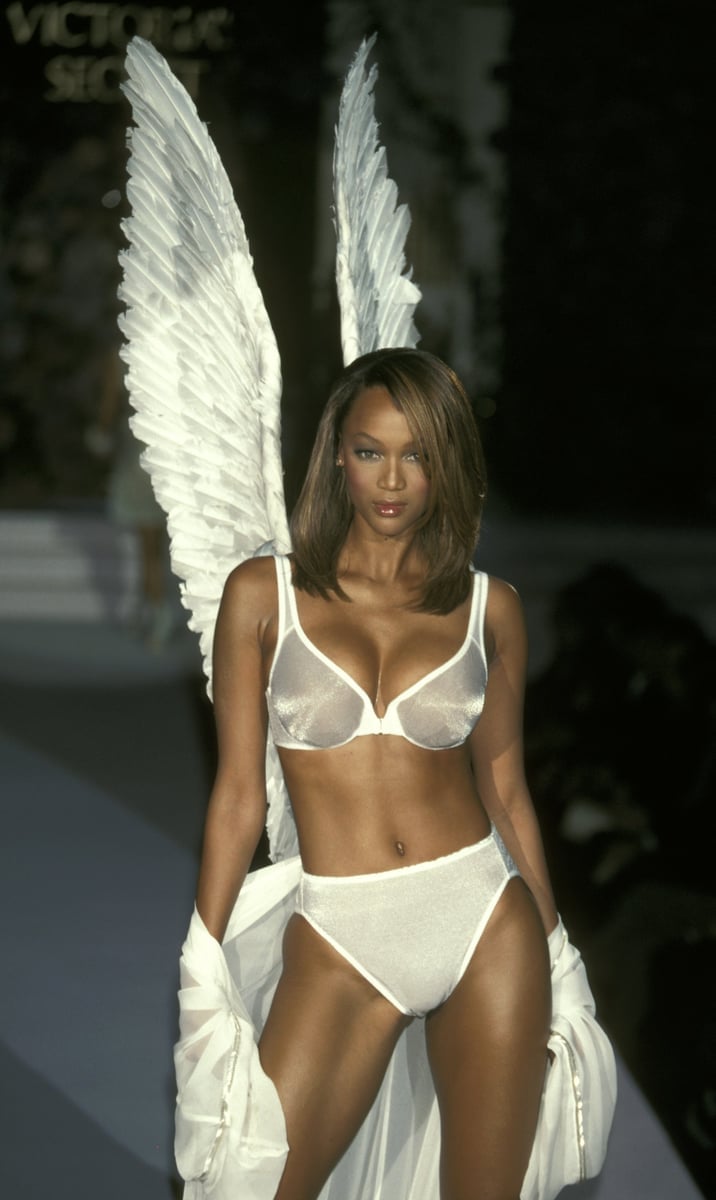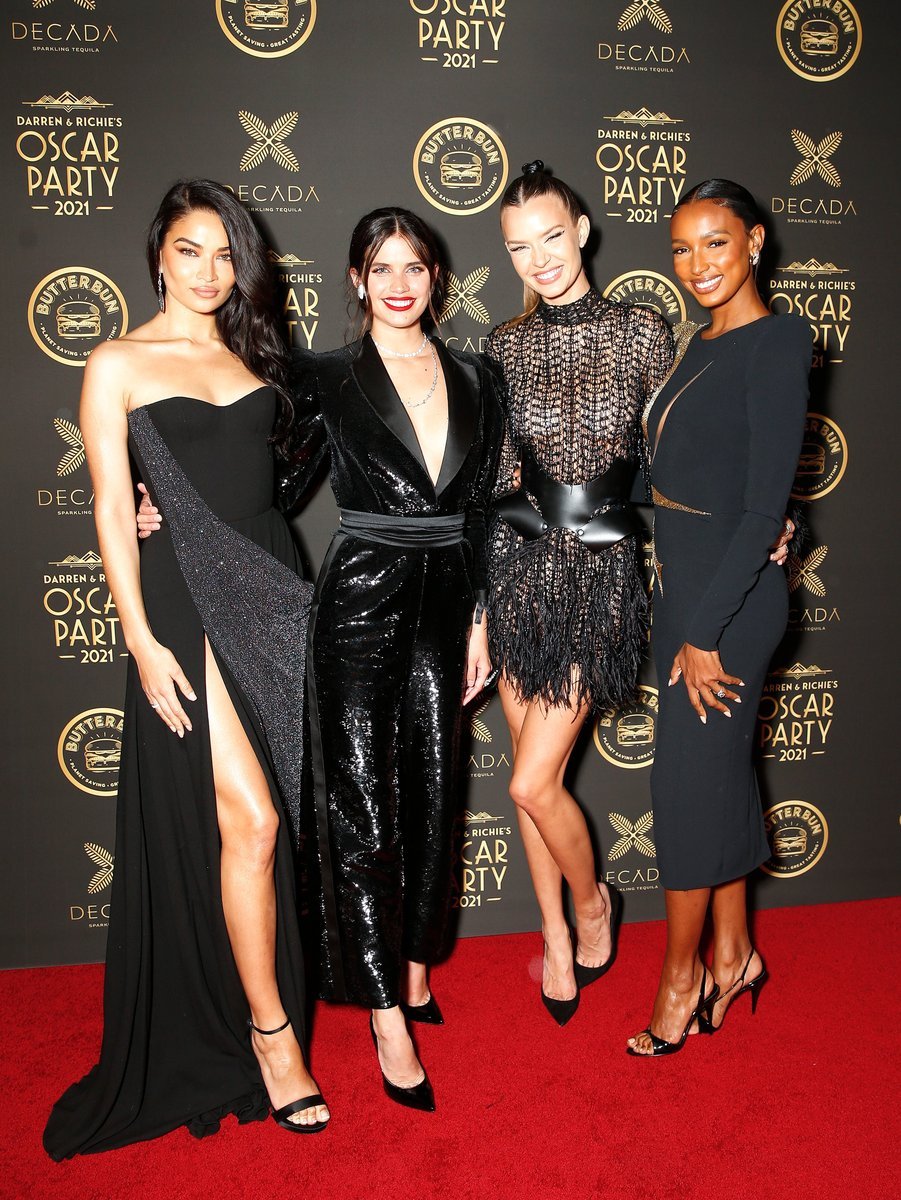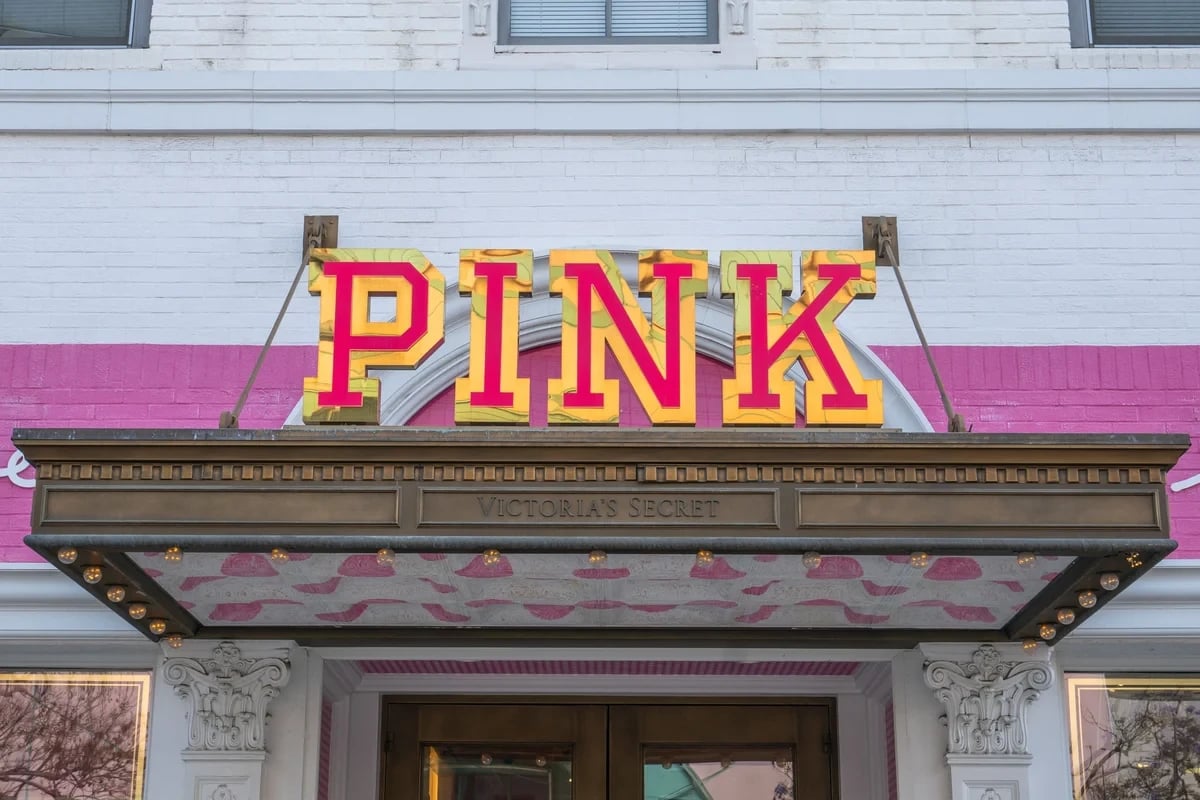
Whether you watched the runway shows, bought the lingerie or followed the cult 'Angels' on social media, chances are you encountered Victoria's Secret in one way or another. As one of the biggest brands in the world, the stranglehold of Victoria's Secret was impossible to escape.
It was EVERYWHERE. And it was powerful.
Victoria's Secret played an instrumental role in defining the standard of what 'sexy' looked like — from the skimpy, glitzy lingerie to the svelte globe-trotting models, and the annual televised runway shows. They set the standard of what was considered beautiful — no matter how unattainable or out of reach those ideals were.
Watch: Victoria's Secret Angels IRL. Post continues below.
The sultry glances and sculpted bodies (always in one size and shape) cascading down the diamond-encrusted runways, lured millions of women into spending money with the brand whenever they needed a new bra or underwear.
And it worked. Back in its heyday, the company dominated the global market, becoming one of the largest and most valuable brands in the world.
Then suddenly, things changed.
